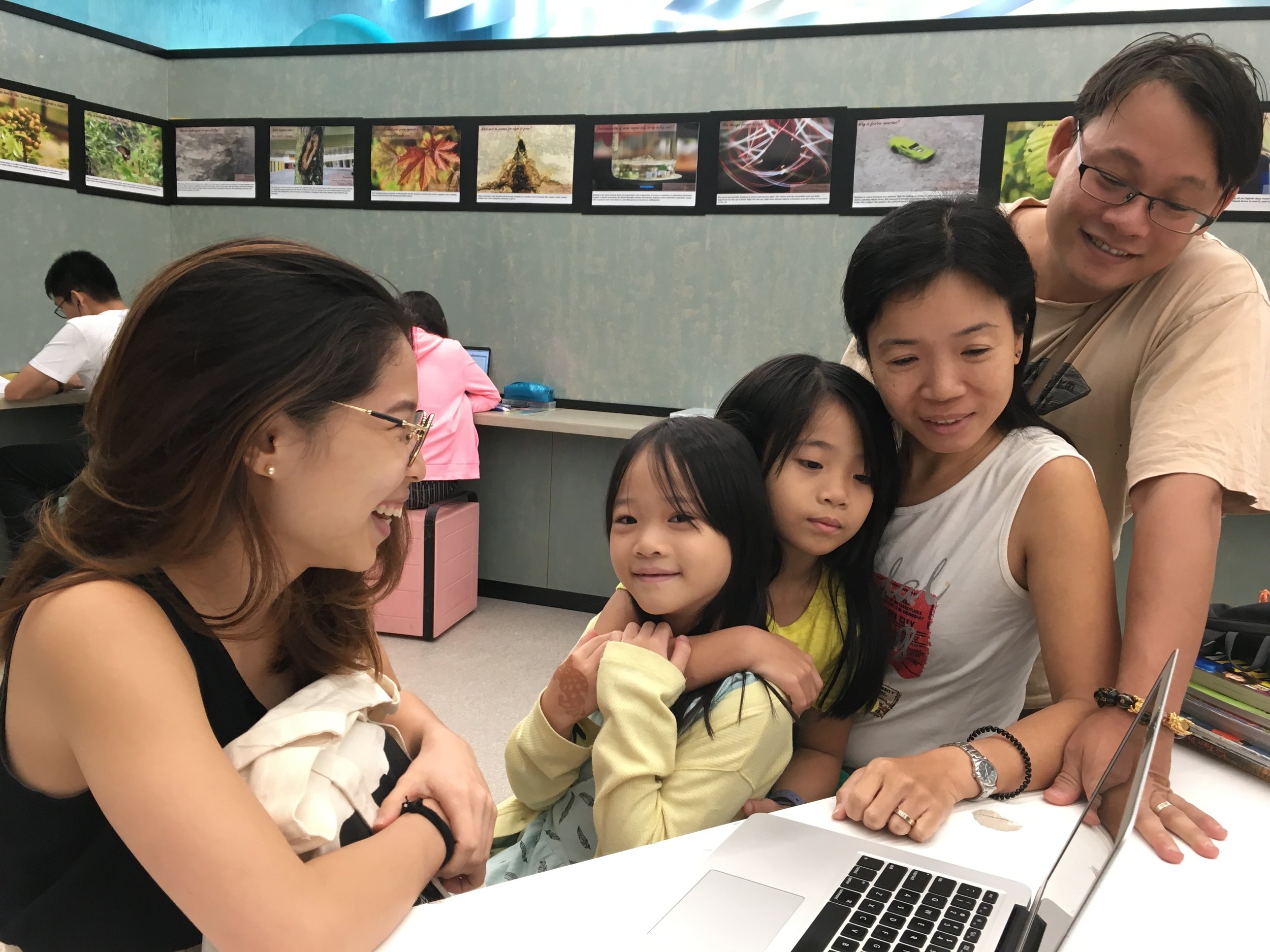
Kidzworld: Spatial Redesign in Singapore Zoo
Kidzworld: A Spatial Redesign in the Singapore Zoo
Date completed: 2018
Kidzworld, Singapore Zoo, 2018
Role: UX Lead (led a team of 4)
Key Individual Contributions: User research, UX strategy, Wireframes, Interactive Prototypes, Usability Tests
At a Glance
The Singapore Zoo has been consistently ranked amongst the top zoos in world. It boasts as the world’s best rainforest zoo with interactive exhibits, open-concept enclosures, and a strong breeding program for endangered species.
Despite its roaring success with tourists, the zoo had seen a steady decline in local visitorship. Citing distance, “tourist prices”, and slow turnover of exhibits, Singaporeans visit the zoo once per year on average.
Our client was particularly keen on driving up visitorship of young Singaporean parents and their children. We worked with an architectural firm to redesign Kidzworld, a water theme park situated in the Singapore Zoo, to appeal to the tastes and experiences of children today. The water theme park was built in the 90s and had not seen an uplift since 2001.
With extensive ethnographic research, we detailed a conceptual prototype of the spatial redesign of Kidzworld.
The Context
Video of the current state of Kidzworld

Mandai 2020, taken from mandai.com
The revamp of Kidzworld was part of “Mandai 2020”, a major redevelopment project of 5 wildlife parks in Singapore, turning Mandai into an eco-tourism hub of the future.
While the wildlife parks will continue appealing to tourists, the redesign of Kidzworld was targeted at local parents with the vision of the zoo as a “third place (of learning and creativity) after home and school/work”.
The Research
We conducted extensive ethnographic research over the course of 4 months. We carried out ideation workshops with parents and children to design their dream zoos, participant-observation in the zoo, interviewed a mix of parents and children, visited other sites to do a physical competitive analysis of other water theme parks and similar attractions in Singapore. Additionally, we looked at the global and future landscape of zoos in the world, mixing and merging ideas from other industries.
This project also required business alignment workshops across the c-suite executives of Wildlife Reserves Singapore (WRS). We also carried out design thinking workshops with these executives and trained a group of “design thinking champions” who were spearheading the adoption of design thinking into WRS’ work processes.
Interviews (30 parents, 60 kids)


“Dream Kidzworld” workshop with kids




Stakeholder alignment workshop with business stakeholders


The Problem
While the Singapore Zoo has seen roaring success with tourists to the island, its popularity and visitorship amongst Singaporeans have declined (a single visit per annum, on average).
The Ideation
The ideation process was anchored by the insights gleaned from the extensive ethnographic research we had conducted.
The aim of the process was to define the design principles that would inform our spatial redesign prototype of Kidzworld.
Several key insights:
Parents and children have disconnected experiences at Kidzworld as it is kids-centric and does not that cater to families. While kids are at the water theme park, parents wait by the sidelines, often bored and disengaged.
Beyond mere fun, Singaporean parents see a trip to the zoo as an educational opportunity. However, current learning experience is text-heavy (i.e. informational boards). Parents want effortless learning that is interactive and novel.
Singaporeans feel that the zoo is catered more for tourists than locals.
Children are fascinated by imaginary and extinct animals as much as they are by real animals.
Despite the zoo’s efforts to digitize experiences, parents and children preferred tangible, visceral, “authentic” experiences over experiencing the zoo through screens.
Hygiene factors were a real concern for many young parents.
There is a lack of comfortable amenities for parents with young children i.e. changing rooms, lockers.
The Kidzworld is a half an hour walk from the entrance of the zoo which deters many parents from taking their kids there.
Working with an architectural firm, we translated our insights into spatial design principles. We then prototyped these solutions on our 5 family persona groups.
**Unfortunately, for purposes of confidentiality, I can’t reveal these principles and the final solution.
Personal Takeaways
Translating design principles into a spatial design project isn’t any different from designing 2D experiences. While the medium is different, the process is very similar. I personally enjoyed watching the fruits of ethnography materialize.